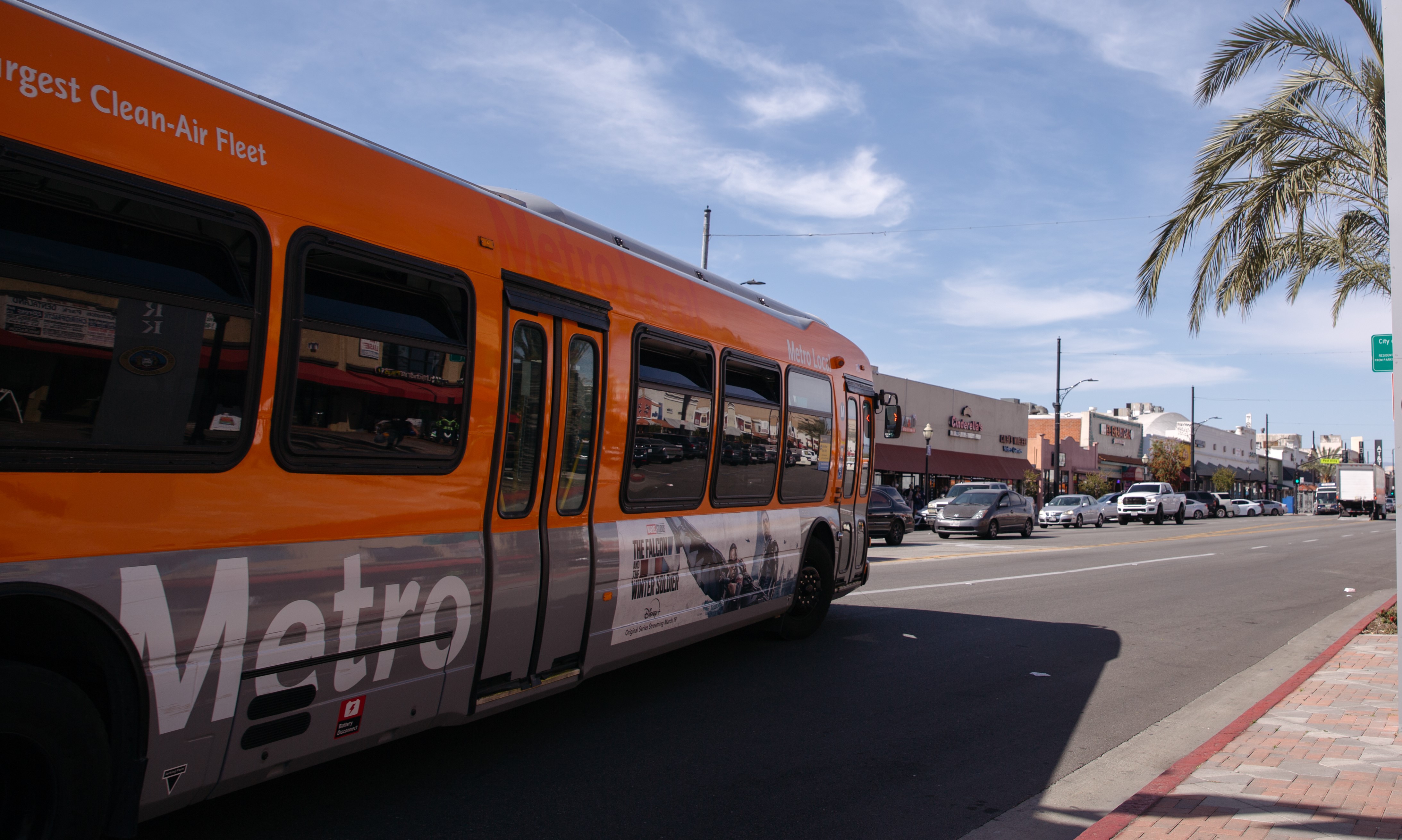More than 7,000 marine mammals would have been affected by the ear-piercing noise from a utility’s rejected plan to map offshore earthquake faults near a nuclear power plant by blasting loud air cannons, according to the California Coastal Commission’s staff.
The staff lined up with environmentalists and fishermen to protest Pacific Gas & Electric Co.'s proposal to conduct a seismic survey that involves firing sonic pulses into the ocean. Sensors on the seafloor would pick up the echoes to create 3-D maps of geologic faults.
California coastal regulators on Wednesday denied the proposal from PG&E, which operates the Diablo Canyon facility.
In a report this month, the California Coastal Commission’s staff urged the panel to deny a permit to PG&E, citing "significant and unavoidable impacts to marine resources."
Thousands of fin whales, blue whales, humpback whales and harbor porpoises are among the sensitive marine animals opponents fear would have been disturbed by the high-decibel sounds.
Despite the panel's rejection, the company could reapply at a later time. On the eve of the vote, PG&E spokesman Blair Jones said if the permit is denied, the utility would need to study the decision to plot its next move.
Charles Lester, the commission's executive director, said seismic hazards around the seaside plant need to be better understood, but "the case hasn't been made that this particular test is necessary in order to get those answers."
PG&E disagreed, saying that high-tech imaging is needed to understand the complex geology that other types of studies can't provide. The utility said similar research has been done around the world without long-term harm to animals.
Under the ratepayer-funded study, a research boat would have towed 18 air guns that would emit sonic blasts into the ocean every 10 to 20 seconds for several days. The utility had hoped to conduct the seismic survey between November and December to avoid peak breeding and migration seasons.
Local
Get Los Angeles's latest local news on crime, entertainment, weather, schools, COVID, cost of living and more. Here's your go-to source for today's LA news.
In August, a State Lands Commission environmental impact study determined there would be unavoidable consequences to marine life during the testing. But the panel ultimately decided the project's benefits outweighed the environmental risks.
The damage that strong shaking can cause to nuclear reactors came under scrutiny after a 9.0-magnitude earthquake off Japan's coast triggered tsunami waves, which swamped the Fukushima Dai-ichi plant last year.
Even before the Fukushima disaster, state law mandated that utilities conduct extensive seismic studies of nuclear facilities, but did not specify the type of research.
Perched on an 85-foot bluff along the scenic Central Coast, Diablo Canyon sits within three miles of two underwater earthquake faults, including one that was discovered in 2008.
PG&E came up with a four-pronged approach that includes the use of high-energy seismic imaging technology.
The utility faces a big test before the coastal commission, which received scores of letters opposing the offshore study. Conservation groups contend the company has not done enough to explore other less damaging options.
"If you're going to harm the coast, you've got to make sure that there's no alternative," said Michael Jasny, an attorney with Natural Resources Defense Council.
To minimize impact to sea life, PG&E proposed starting off with one air cannon at a low decibel before ramping up to full power. It also planned to have spotters on the vessel and in an aircraft to alert operators of marine mammals in the region. Air guns will be silenced and work will cease if an animal strays too close.
The twin-reactor Diablo Canyon generates enough electricity to power more than 3 million homes in Central and Northern California. After the Japanese nuclear crisis, the utility asked federal nuclear regulators to delay issuing extended operating permits until thorough seismic studies are completed. The permits expire in 2024 and 2025.



